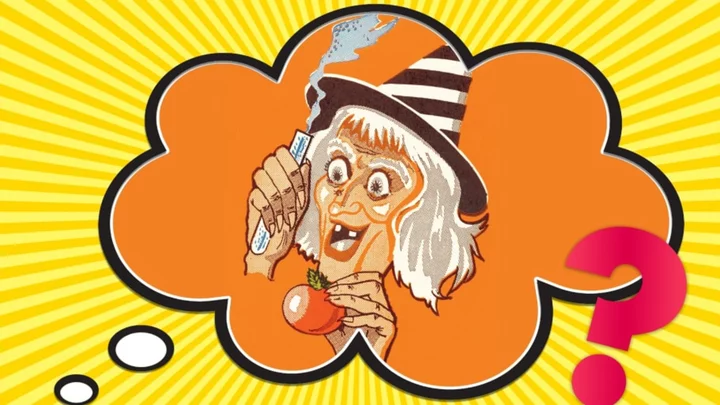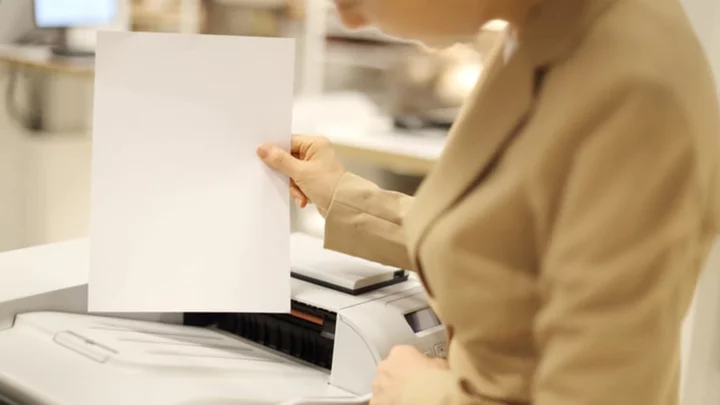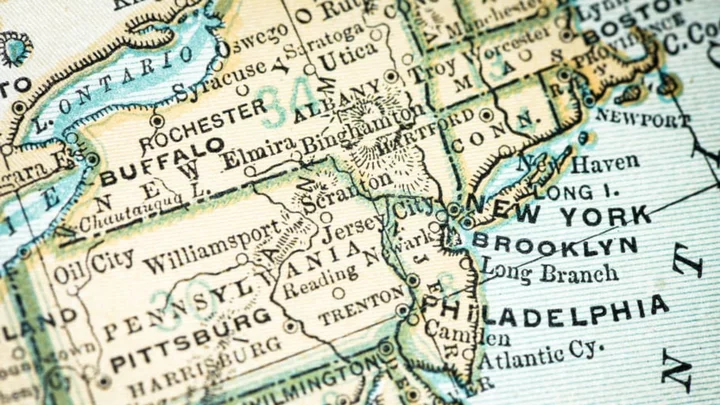Many old-timey images of witches show the women with a particular physical feature—warts. The reason they’re often associated with the growths goes hand in hand with the same centuries-old superstitions that gave witches an undeservedly bad rap.
Europeans began hunting witches in the 15th century, when Christian doctrine labeled witchcraft a pagan superstition closely connected to heresy and the devil. The persecution reached a fever pitch in the 16th and 17th centuries with witch trials in Salem, Massachusetts; Scotland and England; and Europe. To filter out the allegedly evil people from the rest of the population, witch hunters looked for those who had the “witches’ mark,” also known as the “devil’s mark,” because they were thought to have been branded by the devil himself.
These so-called “witches’ marks” were, as we now know, not the work of the devil, but rather a range of skin imperfections. In addition to warts, they could have been skin tags, moles, birthmarks, a supernumerary nipple (third nipple), animal scratches, or even various forms of melanoma. If someone was accused of witchcraft, they’d be stripped down and searched for skin abnormalities. If one was found, the accusers used it as “evidence” of the devil’s work. The unfortunate person—often a woman—would then be convicted of witchcraft.
Fortunately, the 17th century brought about the Enlightenment, an era of reason, knowledge, and humanitarianism. The movement contributed to the end of witch hunts and helped overturn the previous centuries’ superstitions. It was determined that there was no evidence that these so-called witches, warts and all, caused any harm to anyone.
Centuries later, there are still many depictions of witches as wart-flecked agents of evil. But times are changing. You just have to look at more recent witches in pop culture—Hermione Granger from theHarry Potter franchise, Wanda Maximoff of Marvel fame, and Sabrina the Teenage Witch, to name a few—to see that these women are portrayed in a positive light ... and definitely sans the infamous warts.
This article was originally published on www.mentalfloss.com as Why Do Witches Often Have Warts?.









